It’s not often I write the blog myself (Heather Millard), rather than introduce one written by a collegue, but this one is one I’ve had the chance to write – and I always enjoy a chance to share more stories with you!
January 2025 saw us launch a series of music-linked events at Cliffe Castle. Running from January through to May, ‘A Season of Music’ celebrates the long-standing links that the building, its family and the collections have to music, musicians and musical instruments.
We started the season on the 18th January with a magical performance of Cinderella by Opera North, which was appropriately enough performed in front of our gorgeous portrait of French Opera Singer and Composer Pauline Viardot.
We then followed that with starting up our regularly monthly concerts once, with the Bradford Concert Band on the 19th January. It’s been lovely to restart the links between music and the castle once more, and both events were very well attended.
But why music at Cliffe Castle in particular?
There’s been links to music at the castle right from the point it was built – there are musical motifs to be spotted all around the site if you start to look for them.
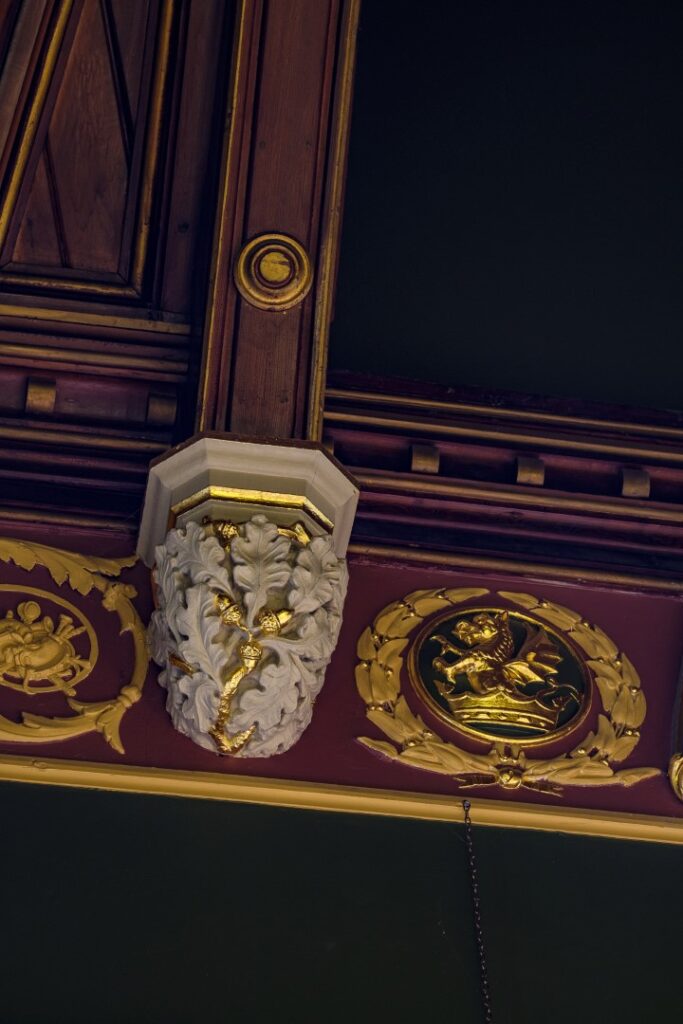
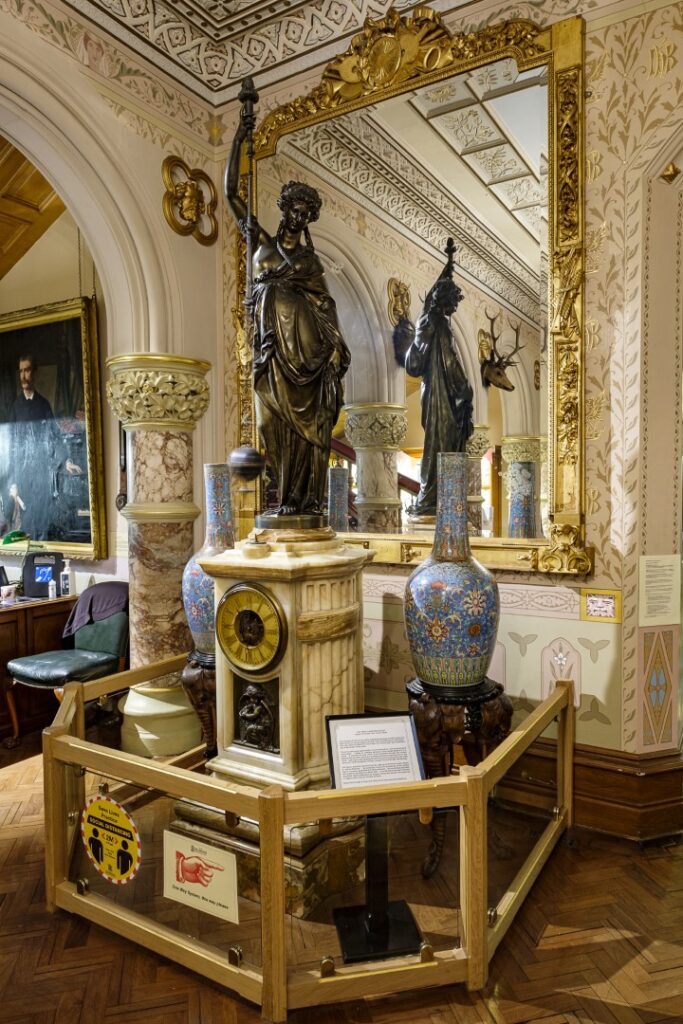
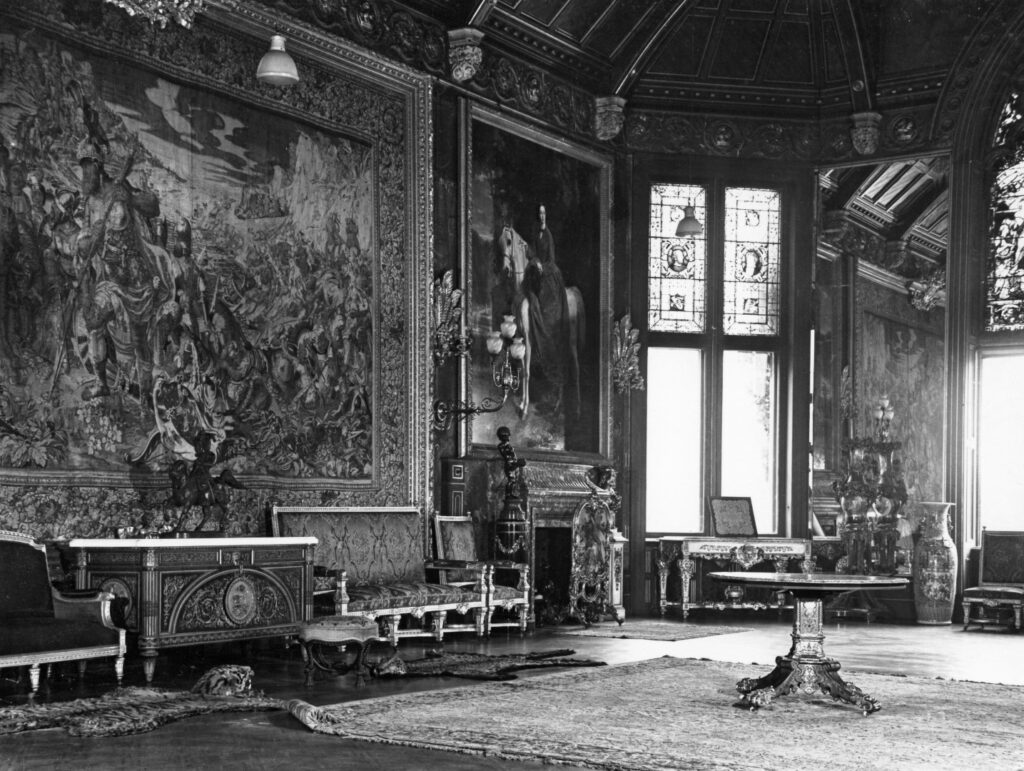
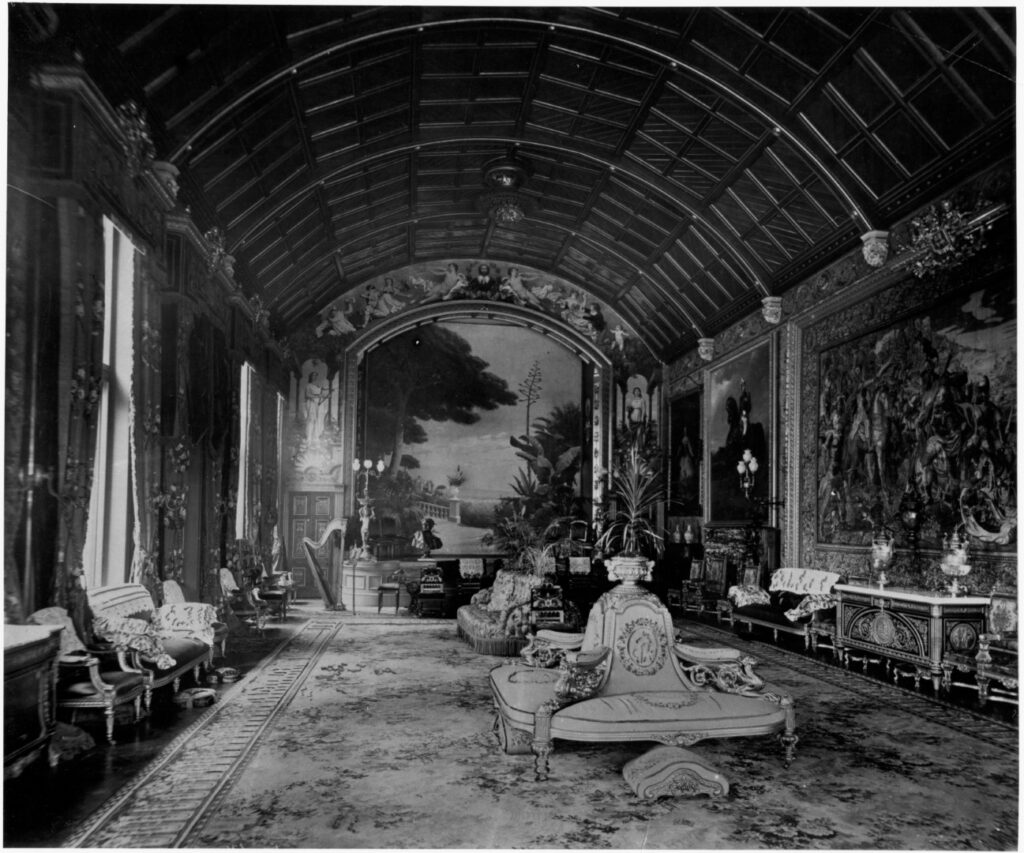
An article from ‘La Colonie Etrangarere in 1892 references explictly how much music was a part of the house –
it is really at the Castle that the life of Mr Butterfield’s guests is concentrated as all of them love music and the Arts. It is his hall, his music room, his park which reverberates. It is around Cliffe Castle that everything revolves and shines.
In the morning, one goes to the Music Room, to practise what one wishes to hear in the evening. In the afternoon, the park with its tennis lawns and archery – a new game in society – makes its attractions felt, and after dinner, the general rendezvous of Cliffe Castle Society is the ‘Salle de Music’ [, where without a programme, the evening passes like a dream.
We also have have our very own theme tune! Henry Isaac Butterfield, who had Cliffe Castle built in the 1870s commissioned the composer Franz Behr to write a piece of music for the house. He duly did so, writing the ‘Cliffe Castle Gavotte’
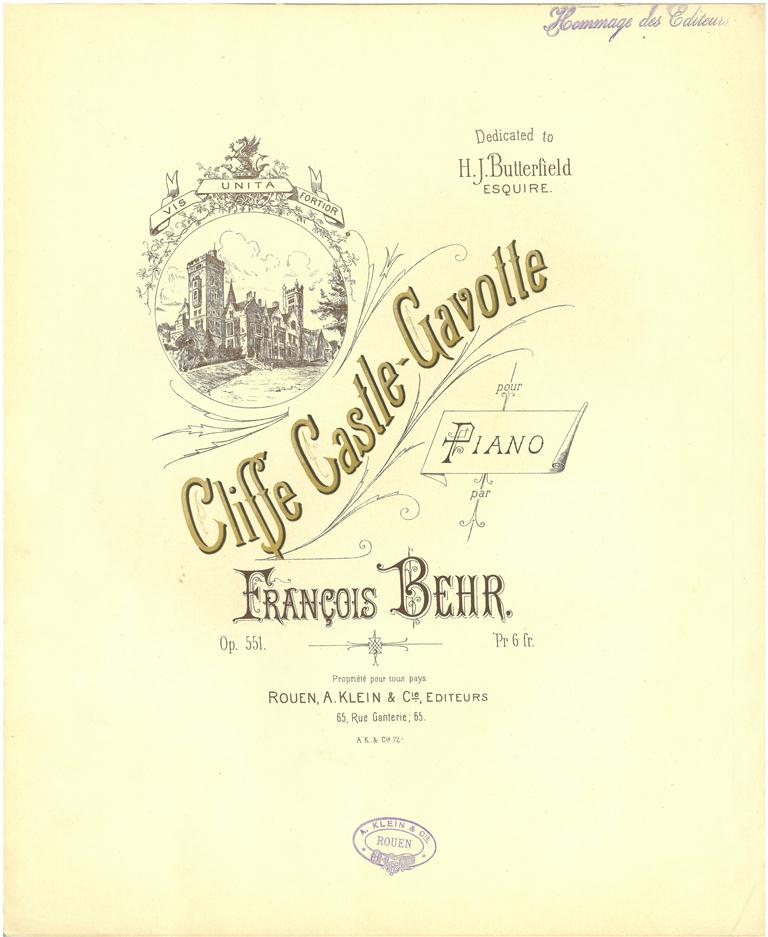
You can also listen to a version of it here -though we’d love a properly recorded one at some point!
Subsequently, there were also pieces written celebrating their house in Nice – the ‘Villa Mariana’ and one dedicated to Jenny, Henry’s niece.
These sit in our collection now alongside sheet music (bound and loosed) owned by Henry and his family, passed to us as part of the Butterfield Bequest in 2016. Looking through the music gives an interesting snapshot of the tastes the family had – Sarah Anna Butterfield, Henry’s sister looks quite stern in her portraits, yet her bound collection of music shows a romantic side – with pieces from the tragic opera ‘Bride of Lammermoor’ for instance.
We also hold a bound music book belonging to Jessie Kennedy Ridgeway – who married Frederick William Louis Butterfield (Henry’s son) after they met at a concert held at the castle -much to the dismay of Henry, who view her as somewhat of a ‘gold digger’. Frederick and Jessie had bonded over a shared love of music.
Although Henry did not write music (he did play), his son Frederick did both- spending several years at a conservatoire in Leipzig. Frederick lives in Leipzig between 1884 and 1887 where he learns music and how to play the pianoforte. He was also tutored by the composer Emile Waldteufel, who would later advised Frederick on which Steinway piano to choose for Cliffe Castle.
It’s referenced in the portrait we hold of Frederick as a young man, who is painted in front of a piano and holding a piece of music in his hand
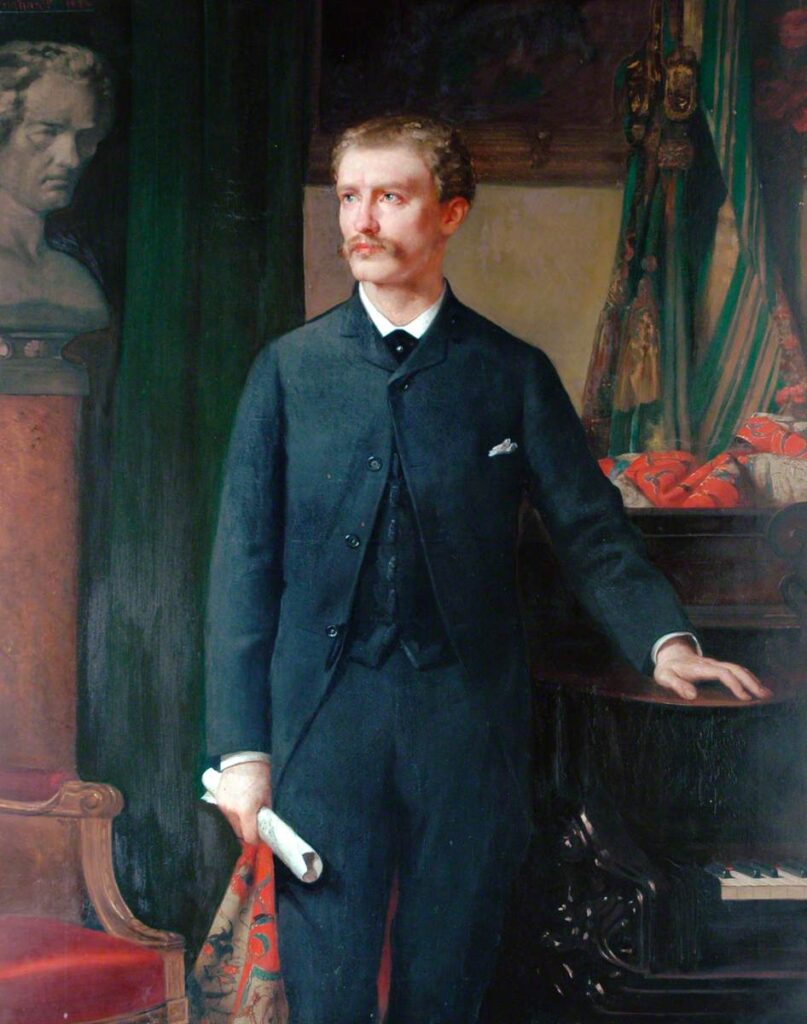
Speaking of pianists and Cliffe Castle, we also have a photo of the renowned Spanish Pianist Ricardo Viñes taken at a garden party in the grounds
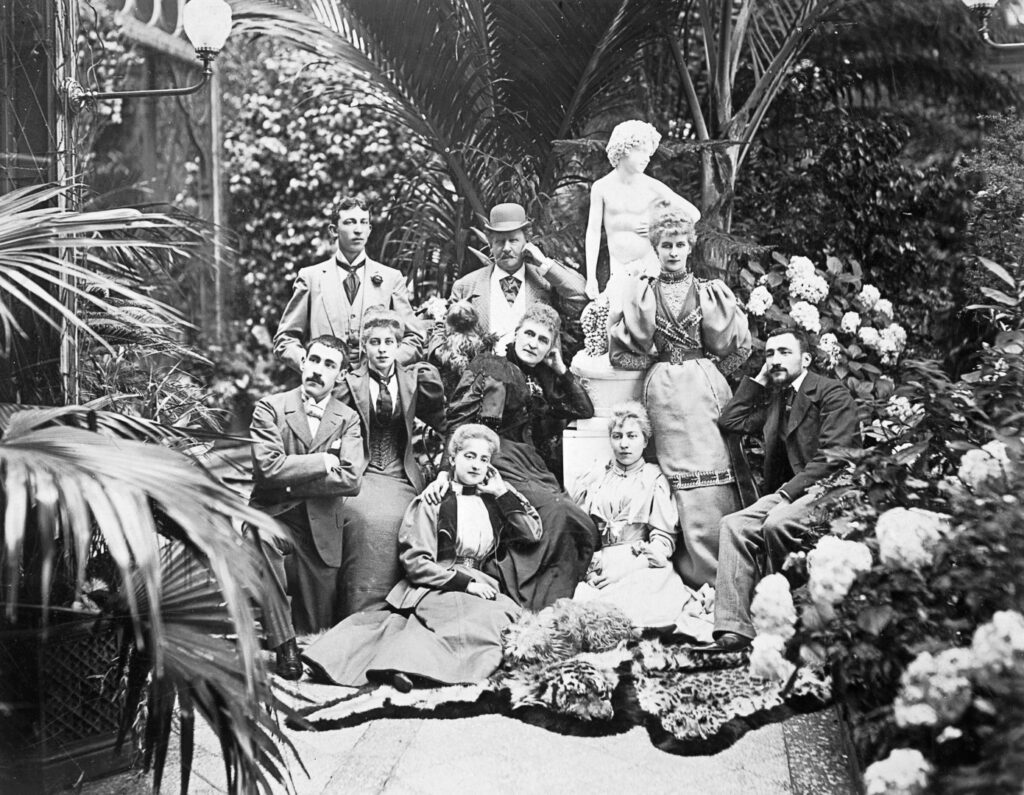
Ricardo Viñes is to the far left of the picture, kneeling with his arms crossed and an excellent moustache on display (indeed, as this was quite a young photo of him, it was the moustache that helped us to indentify him). Presumably the link was through Henry Isaac Butterfield’s private secretary, Señor Edo Eugster y de la Dehesa, who was a former opera singer.
I mentioned earlier, the portrait of Pauline Viardot we have in the collection.
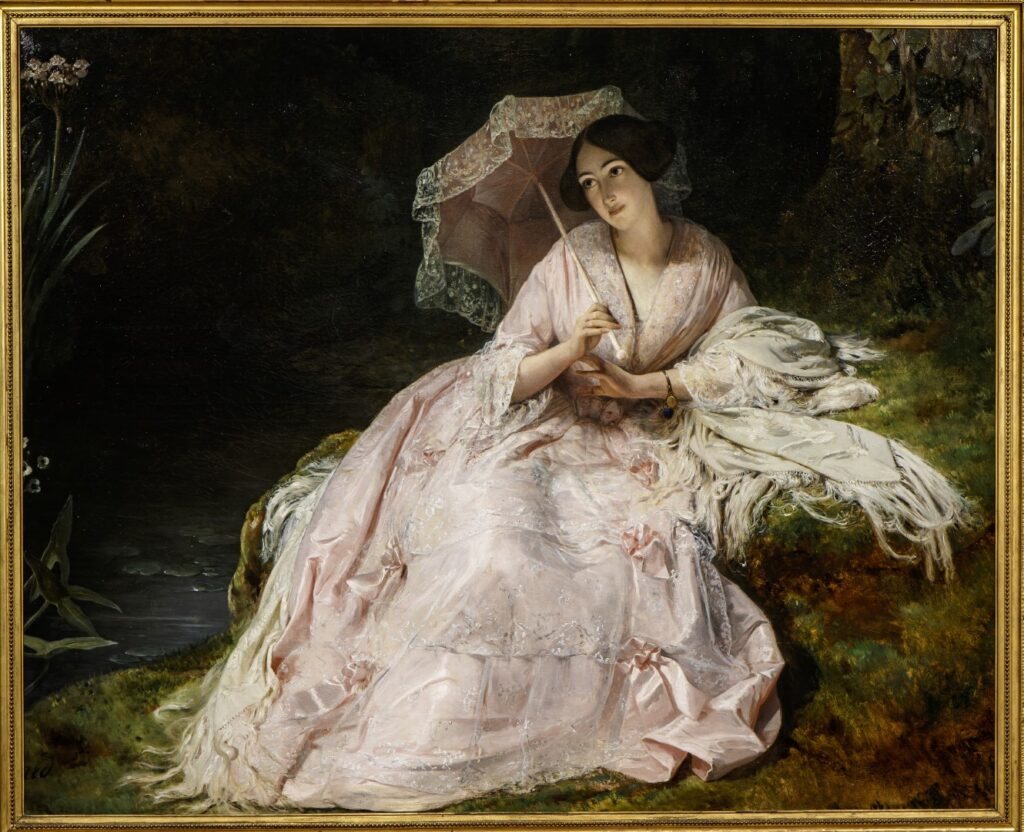
She was a truly interesting woman, who both sang and composed . She studied the piano with Liszt, played with Chopin, knew Saint-Saëns, Berlioz, Gounod and the writer Turgenev, and hosted many great musical salon of her day You can read more about her and the painting in a previous blog .
Henry Isaac Butterfield loved acquiring interesting objects with stories – and the portrait of Pauline is not the only item he had with a connection to a composer.
One of the ones that always surprises me, was that Henry Isaac Butterfield owned – and slept in – the bed that the well known composer Rossini died in!
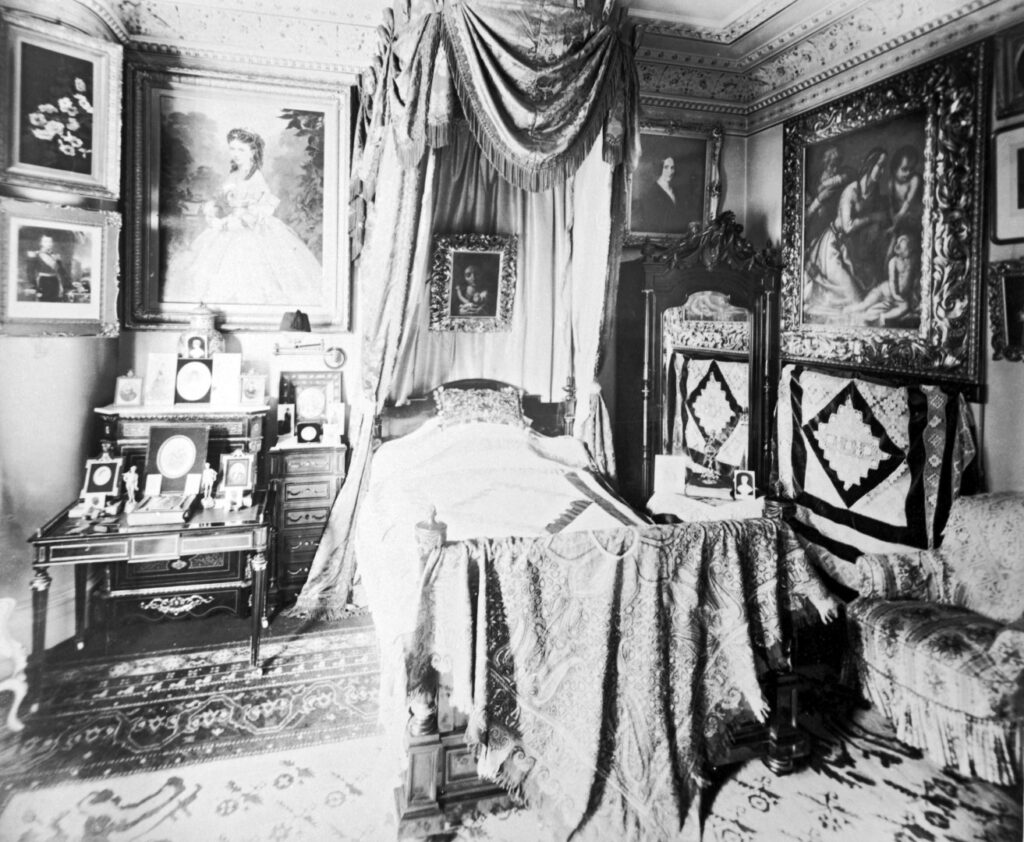
In a poem called ‘The Haunted Castle’ – by EFT (and I don’t know anymore than that about the author at the moment) there are references some of these musical connections through the poem – and it’s description of the house – from music drifting through the air from the ballroom, – or Rossini’s bed!
Whilst the portrait of Pauline Vairdot was in the public areas, Rossini’s deathbed was in one of the more private areas – you have to wonder – did he drift off to sleep thinking of the William Tell Overture or the Barber of Seville?
The furniture, of rare coromandel,
Was Rossini’s, the maestro renowned.
Whose spirit with her’s o’er the mantel
Shed harmonious influence around.
It’s not however, an object that remained with the Castle. When Cliffe Castle was sold in the 1950s, many of the objects Henry had collected were sold in a large sale held at the castle – and we know the bed was one of those. The auction catalogue directly references the Rossini connection. However, we don’t know who bought the bed, or where it’s subsequently ended up. If you can solve the mystery, we’d love to know!
But the sale in the 1950s did not entirely end the connect with music for the Castle. When it was sold, and was turned in the museum that we now know, it inherited the collections of the then ‘Keighley Museum’ which included some interesting intruments – some of which we have put on display during the season of music.
Others can be explored thanks to a project we took part in a few years ago with the Royal College of Music called ‘Minim’– they came and photographed an excellent cross section of of the musical instruments – from the obvious, the old and the unexpected. It’s always worth a browse!
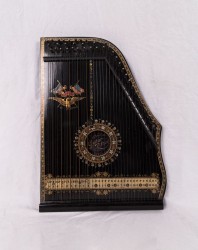
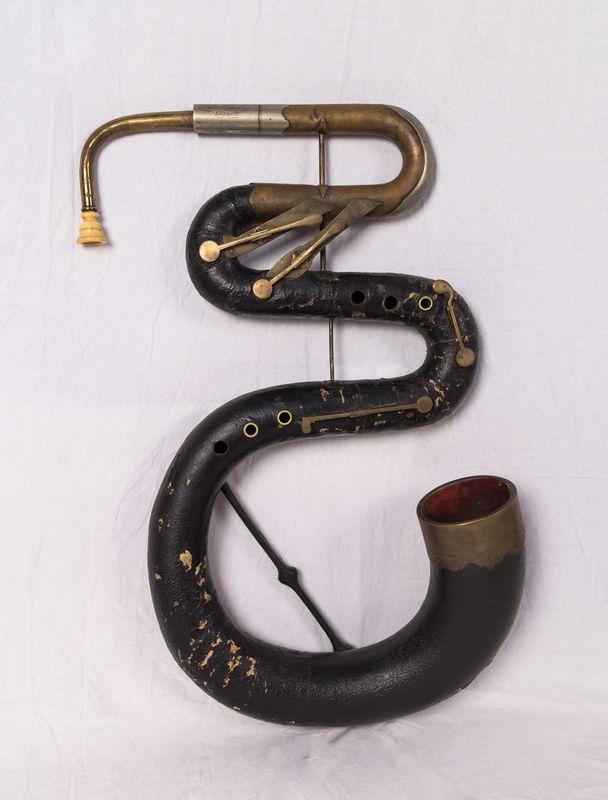
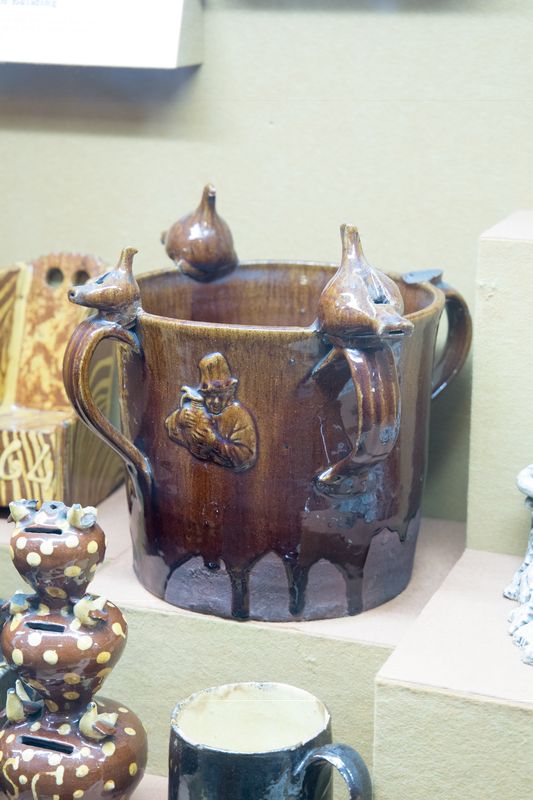
I could carry on with this blog to give you many more examples of why music is so apt at Cliffe Castle but they always say to ‘leave the audience wanting more’… and who am I to argue with that?
Come and visit and experience it for yourself! Keep checking our website and socials for the latest events in the Season of Music, or visit ‘just because’ – it’s always worth it!
2 Responses
An interesting piece on the history and musical contents of Cliffe Castle. It’s a pity that the name of the writer was not given. Thank you to whoever did so.
Thank you very much – in this case, it was actually myself (Heather) – that wrote the piece, so I’m very glad you enjoyed it!
I need to get better at crediting myself when posting the blogs that I write – not just the ones everyone else has.
Very pleased to hear you found it interesting – it’s such a wide ranging topic and I’m always discovering more!